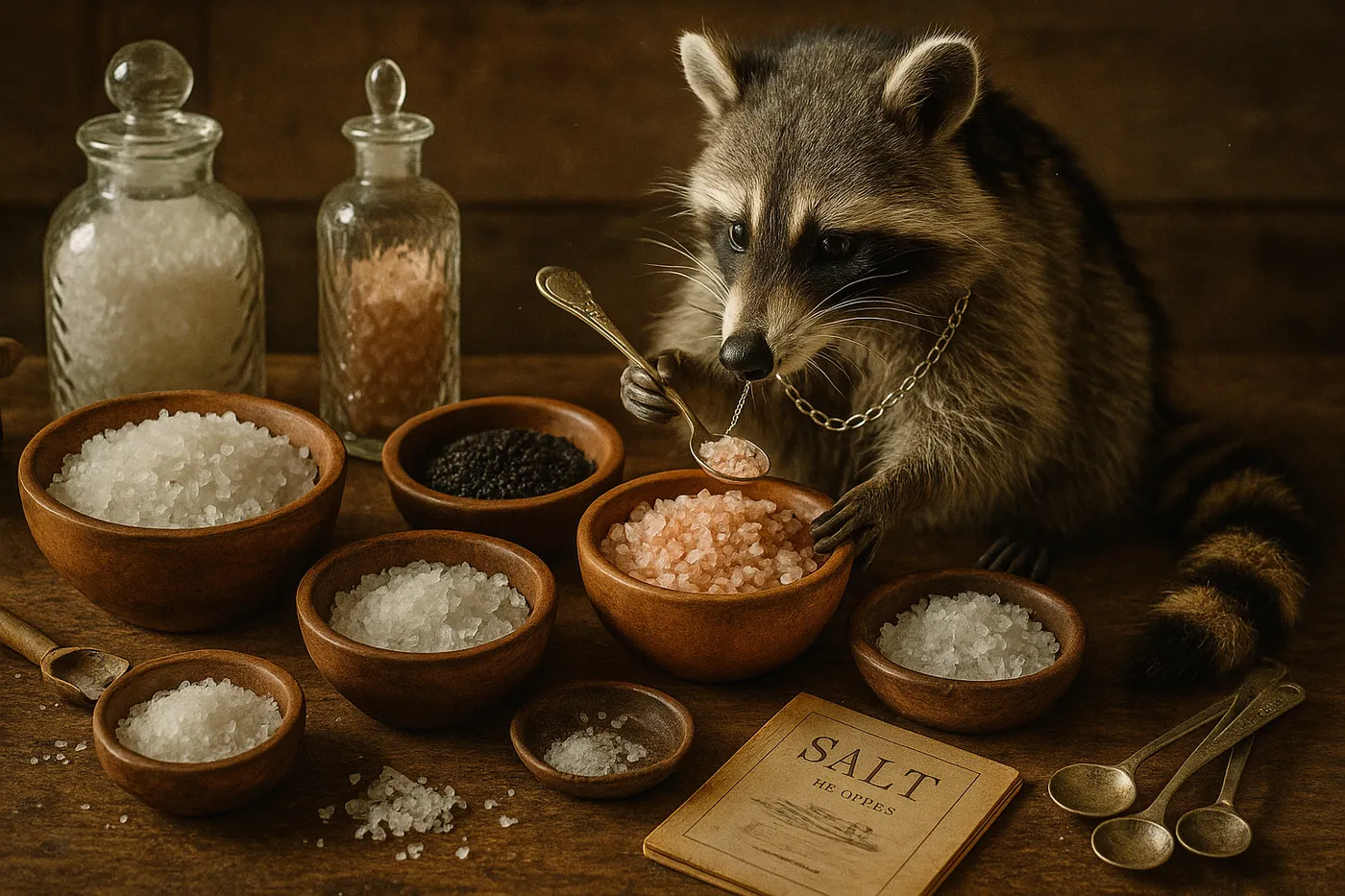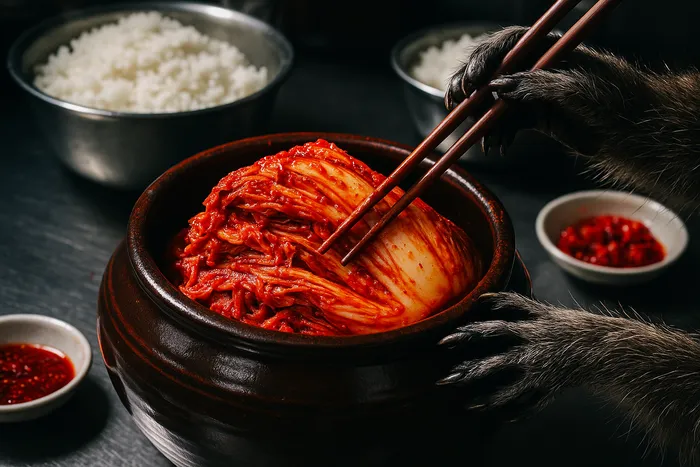ingredient
Salt Stories

Raccook
December 6, 2024
4min read

Salt functions as far more than a simple seasoning - it preserves food, enhances flavors, affects texture, and plays crucial roles in cooking techniques across all cuisines. Understanding different salt types and applications improves both flavor development and food safety.
Salt Types and Characteristics
Table salt (sodium chloride) provides pure saltiness but lacks the mineral complexity of other varieties. Its fine grain size makes it ideal for baking measurements and dissolving quickly in liquids.
Sea salt retains trace minerals from evaporation processes, creating subtle flavor differences based on source location. Different sea salts offer varying textures and mineral profiles that affect both taste and appearance.
Rock salts like Himalayan pink salt contain mineral impurities that create color variations and slight flavor differences. These salts work well as finishing salts where visual appeal matters alongside flavor.
Functional Applications
Salt draws moisture from foods through osmosis, concentrating flavors while creating environments hostile to harmful bacteria. This principle underlies both quick seasoning and long-term preservation techniques.
In baking, salt strengthens gluten networks and controls yeast activity. Different salt types and amounts significantly affect bread texture, rise, and flavor development. The precision required for proper bread salt ratios becomes evident in techniques like those used for Italian Bruschetta Trio, where quality bread forms the foundation.
Salt enhances other flavors by suppressing bitterness and increasing perception of sweetness and umami. This amplification effect works across all ingredient categories and cooking methods.
Preservation Techniques
Dry salt curing removes moisture from meats and fish, creating preserved products like bresaola and salt cod. The process requires specific salt quantities and timing to ensure safety while developing desired flavors.
Brining uses salt solutions to preserve and flavor foods while maintaining moisture. Different brine concentrations and ingredients create varying results - from quick pickles like Vietnamese Pickled Vegetables to long-term preservation methods.
Salt-packed preservation completely surrounds foods with salt, creating extreme dehydration that prevents spoilage. This method works for items like preserved lemons and salt-cured egg yolks.
Cooking Applications
Salting pasta water properly requires enough salt to taste like seawater. This seasons the pasta directly during cooking rather than relying on surface seasoning afterward. Italian Cacio e Pepe demonstrates this principle perfectly - properly salted pasta water is essential for the dish's signature creamy texture.
Salt timing affects flavor development differently. Early salting draws out moisture and penetrates ingredients deeply, as seen in Korean Kimchi preparation. Late salting provides surface flavor without affecting texture significantly, perfect for finishing dishes like Perfect Sushi Rice where delicate seasoning balance is crucial.
Different cooking methods require different salting approaches. Roasting benefits from early, generous salting, evident in preparations like Argentine Asado where salt penetration enhances meat flavors. Sautéing may require timing adjustments to prevent burning salt deposits, as demonstrated in Lebanese Tabbouleh where salt timing preserves herb brightness.
Regional Salt Traditions
French fleur de sel represents artisanal salt production, with specific harvesting techniques creating delicate crystal structures ideal for finishing dishes. The production method affects both flavor and texture.
Japanese sea salts often emphasize mineral complexity and specific regional characteristics. Different production methods create salts suited to particular applications like tempura or sashimi.
Mediterranean salt traditions include various sea salts and flavored salts incorporating herbs and spices. These products reflect local ingredient availability and culinary preferences.
Salt and Fermentation
Salt concentrations control which microorganisms thrive during fermentation. Proper ratios ensure beneficial bacteria dominate while preventing harmful bacterial growth.
Different fermentation applications require specific salt types and concentrations. Sauerkraut, Korean Kimchi, and preserved lemons each have optimal salt ratios for proper fermentation and safety. Classic Ceviche demonstrates how salt concentration affects 'cooking' proteins through acid and salt interaction.
Understanding salt's role in fermentation connects to broader Fermentation Journey applications while ensuring safe preparation of fermented foods.
Health and Usage Considerations
Sodium content varies between salt types, though differences are often minimal in practical cooking applications. Understanding these variations helps with dietary management while maintaining flavor quality.
Salt enhances flavor perception, potentially reducing needs for other seasonings. Proper salting technique can improve diet quality by making healthier ingredients more appealing.
Oversalting correction techniques include dilution, acid addition, or incorporating unsalted ingredients. Prevention through proper technique works better than correction after oversalting occurs.
Storage and Quality Maintenance
Salt storage requirements vary by type and intended use. Some salts absorb moisture and clump, while others maintain crystal structure better under different conditions.
Flavored salts require attention to volatile compound preservation. Herb and spice additions may lose potency over time, affecting final dish quality.
Connecting Salt Knowledge
Salt applications appear throughout regional cuisine discussions. Understanding salt's role in pasta preparations like Italian Cacio e Pepe and cheese applications in Greek Village Salad enhances technique appreciation. Salt preservation methods relate to Middle Eastern techniques seen in Lebanese Grilled Halloumi and Mediterranean preparations like Gazpacho Andaluz where salt balances acidity.
The preservation principles connect to other traditional techniques while demonstrating how fundamental ingredients enable complex culinary developments across cultures and time periods.








